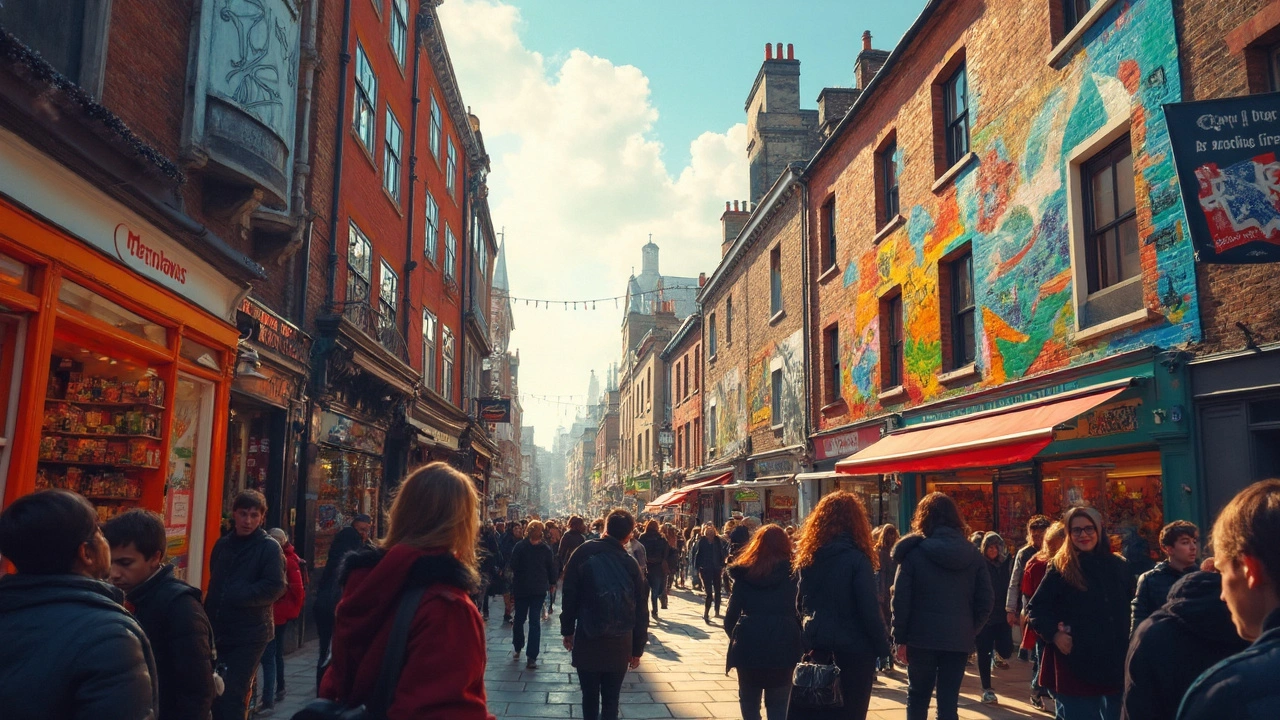Urban Art: Murals, Street Art & Public Installations
Cities are full of art you don’t need a ticket for—murals on warehouse walls, hidden paste-ups, and installations that change a square overnight. Urban art shapes how we move through neighborhoods, tells local stories, and turns blank walls into conversation starters. Want to know how to find, photograph, commission, or create work that lasts? This page pulls practical tips and key reads from Paul Artistry to help.
Find and enjoy urban art like a pro
Start with a map app or a local mural tour—many cities have community-made maps you can download. Go early morning for soft light and fewer people, or late afternoon for warmer tones and long shadows. Photograph from different angles: step back for the full piece, then get close to capture texture and brush or spray marks. Use a tripod or steady hand for low light, and bring a wide-angle lens if a wall fills a small street.
Respect private property and local rules. If a piece looks fresh, don’t touch it. If you want to share images online, credit the artist when you can—artists and the community notice and appreciate proper credit.
Create, commission, and protect urban work
Thinking about painting a mural? Start with permission: contact the property owner and check city rules for public art permits. Partner with local groups or businesses to cover costs and keep the work welcome. Design for the site—consider pedestrians, sightlines, and nearby architecture so the piece reads naturally in its setting.
Materials matter. For outdoor murals, use primers and acrylic or exterior wall paints made for masonry; for bold lines, add spray paint or aerosol for speed and texture. Stencils and wheatpaste work well for repeatable graphics and quick installations. Seal finished murals with a UV-resistant varnish or anti-graffiti coating to slow fading and make cleaning easier.
Community involvement reduces vandalism. Host a small launch event or invite neighbors to help paint a background layer. When locals feel ownership, art lasts longer and becomes part of daily life rather than a target.
Want technique ideas or history? Check related pieces on Paul Artistry like “Photorealism Art” for detail work, “Land Art’s Impact on Modern Urban Design” for site-aware projects, and “Installation Art: Evolution, Techniques and Famous Works” for immersive public installations. Those articles offer deeper how-tos and examples you can adapt for city spaces.
If you love urban art but can’t create it, support artists by buying prints, attending openings, and following them on social platforms. Small acts—sharing an artist’s name, tipping during a mural event, or simply praising their work publicly—help make urban art sustainable.
Urban art is messy, political, playful, and alive. Use these practical steps to see it better, help it last, or bring your own vision to the city streets.

